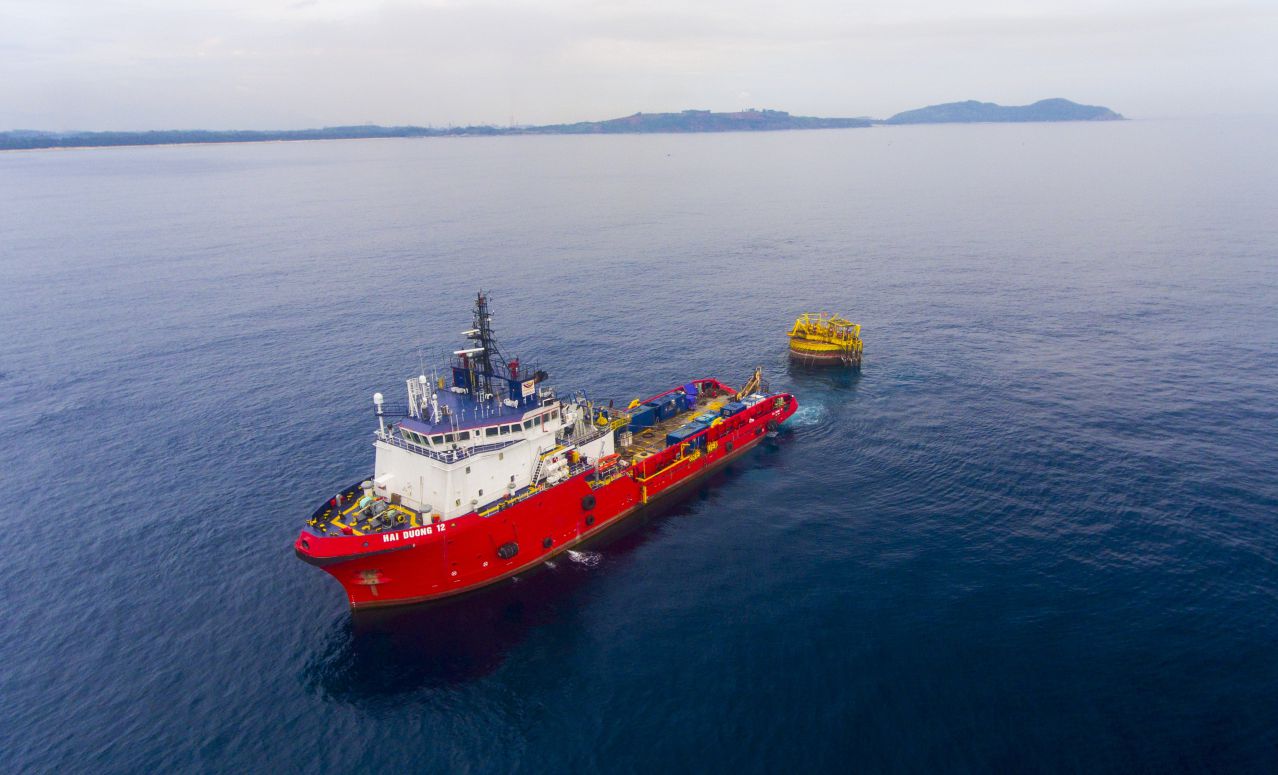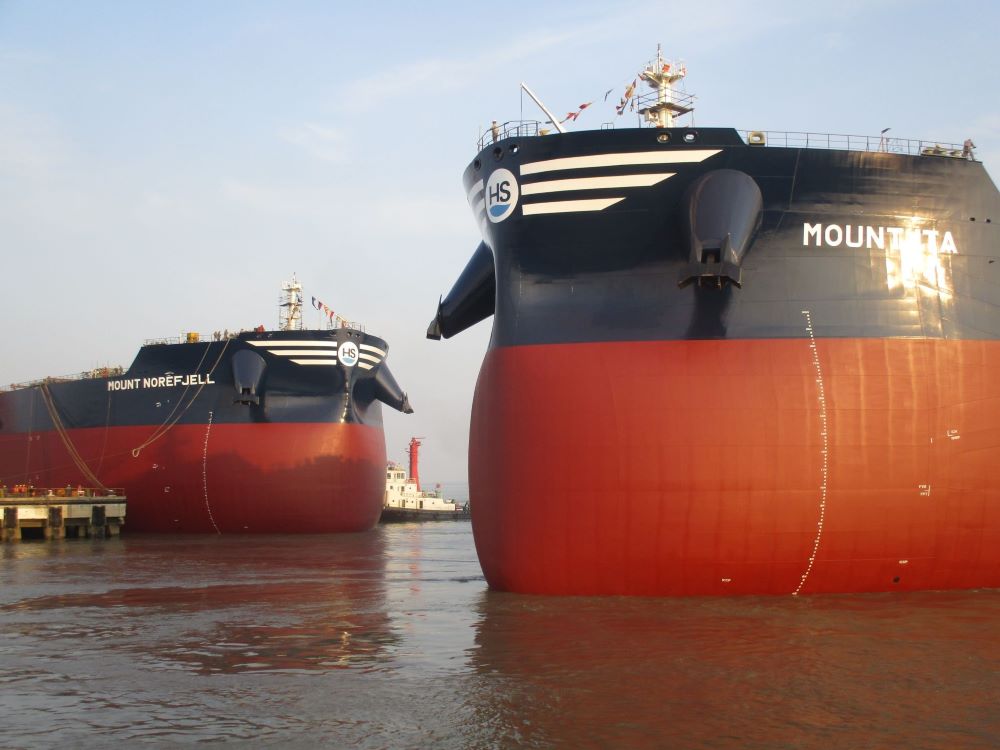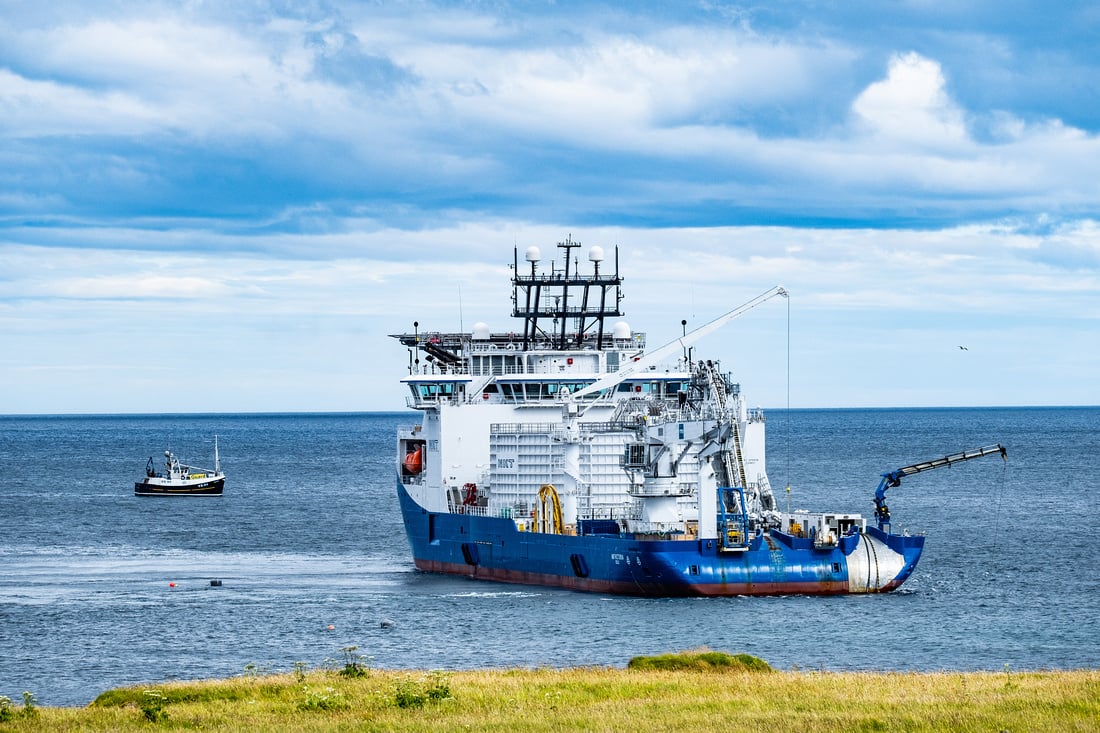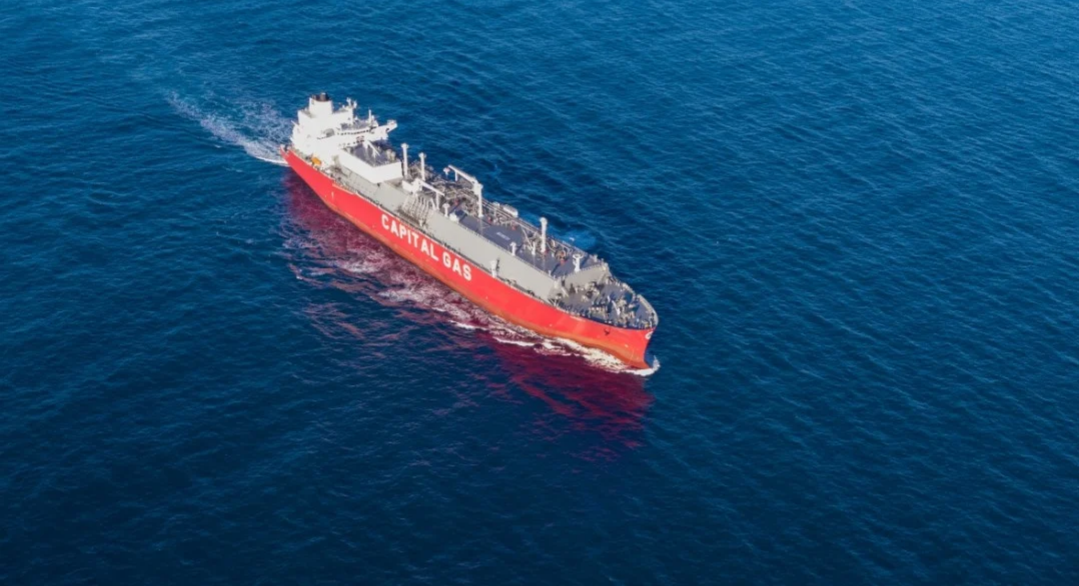壳牌预测到2040年液化天然气需求将激增50%
作者: 发布时间:2024年03月02日 浏览量:464 字体大小: A+ A-
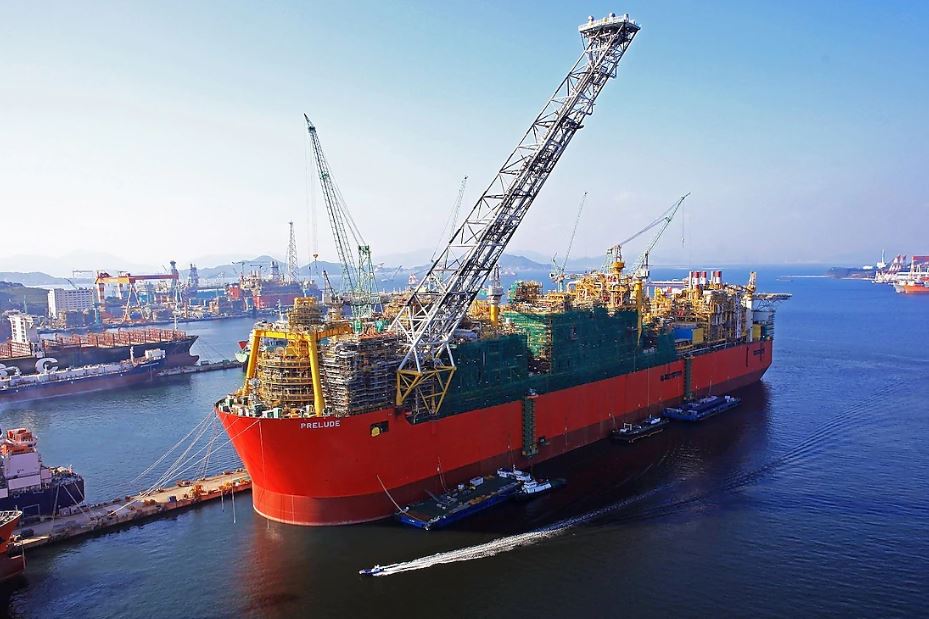
图片来自网络,版权属于原作者
随着能源转型步伐的加快,总部位于英国的能源巨头壳牌公布了其对全球液化天然气(LNG)需求的最新展望,预计到2040年,受中国工业煤改气以及南亚和东南亚国家为支持经济增长而增加使用液化天然气的推动,全球液化天然气需求将增长50%以上。
由于液化天然气供应紧张,制约了经济增长,同时价格和价格波动性也高于历史平均水平,这家英国石油巨头强调,一些地区的天然气需求已经达到顶峰,但全球天然气需求仍在继续增长,2023年全球液化天然气贸易量将从2022年的3.97亿吨增至4.04亿吨。根据壳牌的《2024 年液化天然气展望》,预计到 2040 年,液化天然气的年需求量将达到约 6.25-6.85 亿吨。
壳牌能源执行副总裁史蒂夫·希尔(Steve Hill)评论说: "随着中国工业寻求通过煤改气来减少碳排放,中国很可能在本十年的液化天然气需求增长中占据主导地位。中国煤炭钢铁行业的排放量超过了英国、德国和土耳其排放量的总和,因此天然气在解决世界上最大的碳排放和地方空气污染来源之一的问题上发挥着至关重要的作用。“
此外,壳牌最新发布的液化天然气展望报告强调,南亚和东南亚部分地区国内天然气产量的下降可能会在未来十年推动液化天然气需求的激增,因为这些经济体越来越需要为燃气发电厂或工业提供燃料。壳牌解释说,南亚和东南亚国家需要对天然气进口基础设施进行大量投资。
根据壳牌的液化天然气展望,在可再生能源发电比例较高的国家,天然气是风能和太阳能发电的补充,可提供 "短期灵活性和长期供应保障"。据此,壳牌强调,继2022年俄罗斯向欧洲的管道出口下滑之后,2023年液化天然气将继续在欧洲能源安全中发挥 "至关重要的作用",新的再气化设施将有助于提高能源供应的安全性。
尽管2023年欧洲天然气需求总体下降,但壳牌称,欧洲液化天然气进口量仍与2022年的水平相似。壳牌在展望中指出,2023 年全球天然气市场将保持平衡,原因是依赖天然气取暖的国家冬季气温相对温和,加上天然气储存量高、核能发电强劲以及中国经济温和复苏。
这家石油和天然气重量级企业坚信,与 2021 年底至 2022 年期间屡创新高和前所未有的波动相比,这些因素有助于降低和稳定欧洲和东亚等主要进口地区的天然气价格。然而,2023 年的天然气价格和波动性仍明显高于 2017-2020 年。
壳牌强调说:"尽管2023年全球市场供应充足,但俄罗斯管道天然气对欧洲的供应不足,以及去年液化天然气供应增长有限,意味着全球天然气市场仍然存在结构性紧张。”
壳牌相信,液化天然气在未来能源系统中将发挥比现在 "更大的作用",因此该公司在这十年间每年在石油和天然气领域拨出约 130 亿美元的专款,重点用于液化天然气,到 2030 年,总额可能超过 1,000 亿美元。
壳牌计划在综合天然气和上游业务上投入约 400 亿美元,同时在 2023 年至 2025 年期间向低碳能源解决方案投资 100 亿至 150 亿美元,在此基础上,该公司决心为市场带来更多石油和天然气以及低碳和可再生能源。
(本文版权归国际海事信息网所有,图片版权归原作者,转载请注明出处。)
With natural gas in high demand, Shell forecasts global LNG growth will top 50% by 2040
As the energy transition gathers speed, the UK-headquartered energy giant Shell has revealed its latest outlook on the global demand for liquefied natural gas (LNG), predicting a rise in demand of more than 50% by 2040, driven by industrial coal-to-gas switching in China and the increased use of LNG in South Asian and Southeast Asian countries to support economic growth.
With tight supplies of LNG constraining growth while maintaining prices and price volatility above historic averages, the UK oil major highlights that demand for natural gas has already peaked in some regions but continues to rise globally, after the global LNG trade reached 404 million tons in 2023, up from 397 million tons in 2022. According to Shell’s ‘LNG Outlook 2024,’ LNG demand is expected to reach around 625-685 million tons a year in 2040.
Steve Hill, Executive Vice President for Shell Energy, commented: “China is likely to dominate LNG demand growth this decade as its industry seeks to cut carbon emissions by switching from coal to gas. With China’s coal-based steel sector accounting for more emissions than the total emissions of the UK, Germany and Turkey combined, gas has an essential role to play in tackling one of the world’s biggest sources of carbon emissions and local air pollution.”
Furthermore, Shell’s latest LNG outlook underlines that declining domestic gas production in parts of South Asia and Southeast Asia could drive a surge in demand for LNG over the following decade, as these economies increasingly need fuel for gas-fired power plants or industry. The UK energy giant explained that countries in South Asia and Southeast Asia would need significant investments in gas import infrastructure.
Based on Shell’s LNG outlook, gas complements wind and solar power in countries with high levels of renewables in their power generation mix, providing “short-term flexibility and long-term security of supply.” In line with this, the oil major underscores that LNG continued to play “a vital role” in European energy security in 2023, following a slump in Russian pipeline exports to Europe in 2022, with new regasification facilities helping improve the security of energy supplies.
Despite an overall decline in European gas demand in 2023, the UK firm claims that European LNG imports remained at similar levels to the ones seen in 2022. Shell’s outlook pointed out that the global gas market was balanced in 2023 by relatively mild winter temperatures in countries that rely on gas for heating, combined with high gas storage levels, stronger nuclear power generation, and a modest economic recovery in China.
The oil and gas heavyweight is adamant that these factors helped bring down and stabilize gas prices in the key importing regions of Europe and East Asia compared to the record highs and unprecedented volatility seen from late 2021 through 2022. However, gas prices and volatility remained significantly higher in 2023 than in the 2017-2020 period.
“Despite a well-supplied global market in 2023, the lack of Russian pipeline gas supply to Europe and a limited amount of LNG supply growth over the last year mean that the global gas market remains structurally tight,” emphasized Shell.
As Shell believes that LNG will play “an even bigger role” in the energy system of the future than it plays today, the company has earmarked about $13 billion a year during this decade on oil and gas with a focus on LNG, which adds up to potentially over $100 billion in total by 2030.
The UK firm is determined to bring more oil and gas alongside low-carbon and renewable energy to the market, based on its plans to spend around $40 billion on its Integrated Gas and Upstream businesses while investing $10-15 billion from 2023 to 2025 in low-carbon energy solutions.
来源:simic



